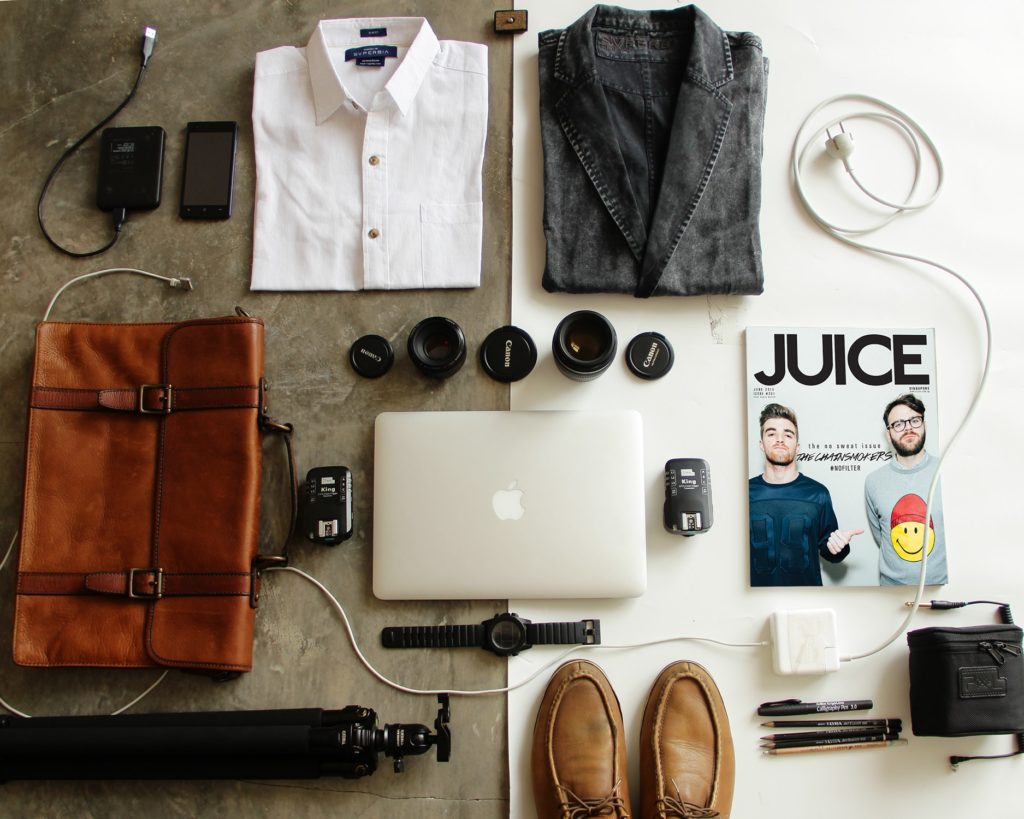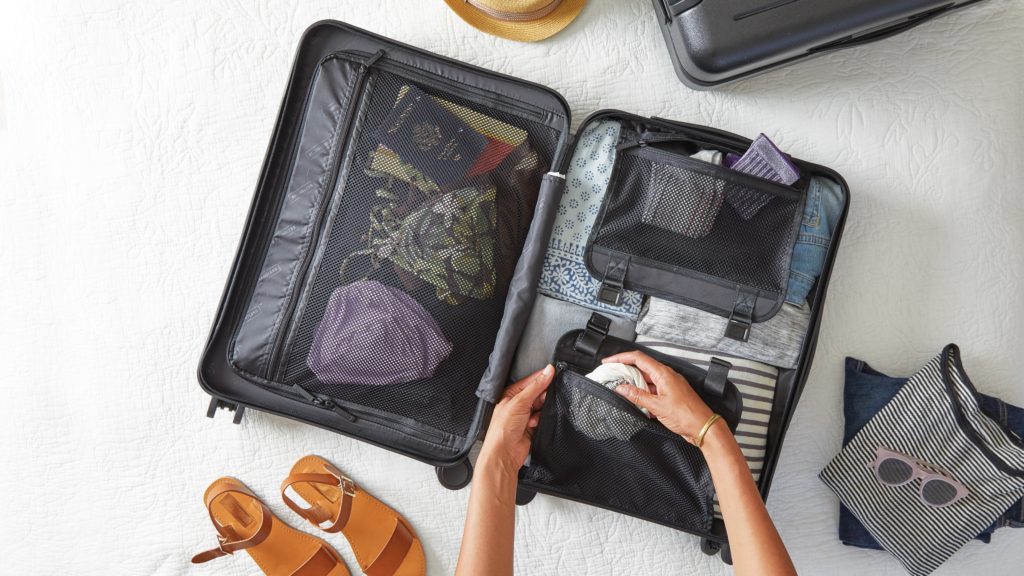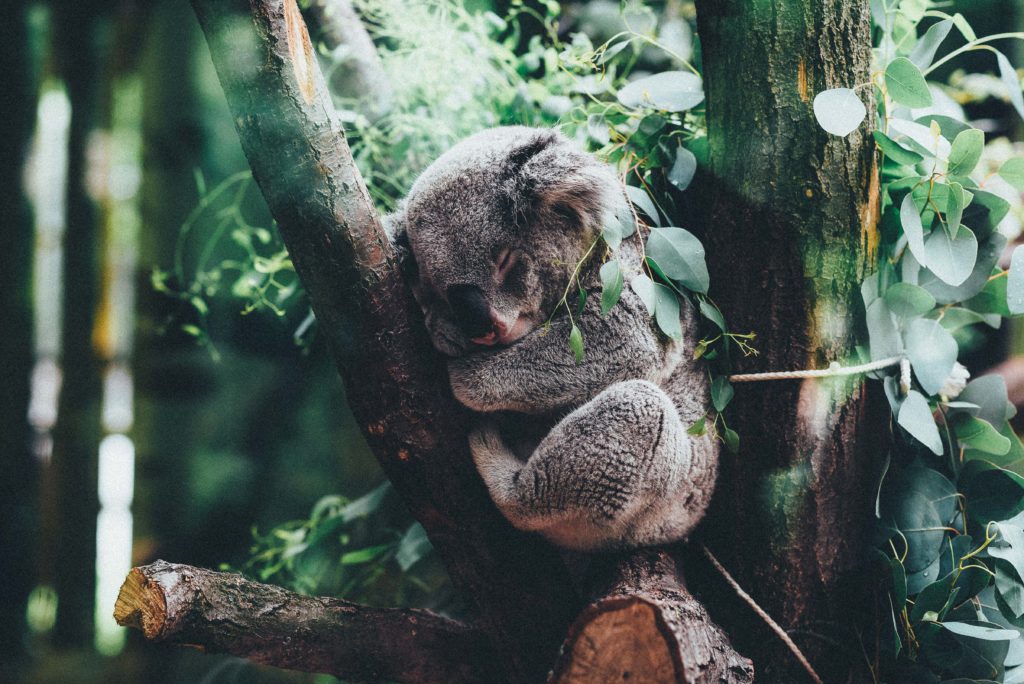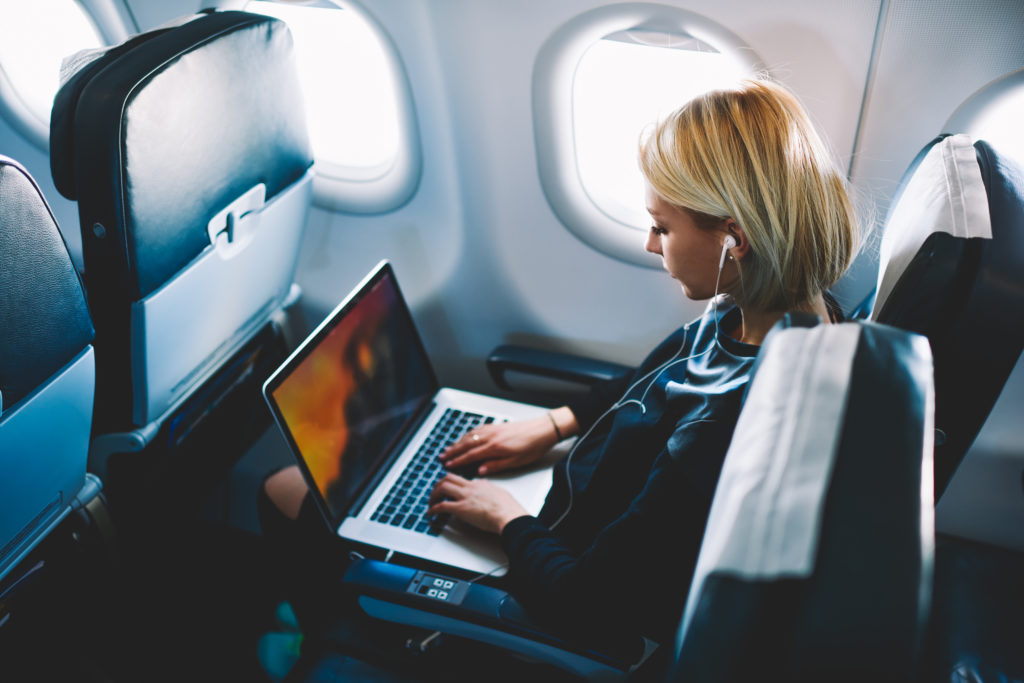Determining what you should pack when travelling to Australia is an important component of pre-planning. There are some strict rules surrounding what you can and can’t bring into Australia, with opportunities to declare anything you’re unsure about at the airport when you arrive.
Let’s talk about what to bring on your journey.
What kind of luggage should I bring?
Heading to Australia for your studies? The right luggage can make all the difference. If you’re on the hunt for luggage, here’s a middle ground to consider: you could borrow from a relative, but keep in mind, they’ll be without it for a while.
Shopping for luggage? Remember to check your airline’s baggage allowance for size and weight limits. This could influence your decision between a backpack and a roller suitcase. Backpacks are handy for more adventurous travels, while roller suitcases are ideal for ease of movement through airports and cities.
The golden rule? Choose luggage you can manage on your own. You’ll have help getting to the airport, but once you arrive in Australia, you’ll likely be navigating solo. Ensure your luggage is something you can comfortably handle, setting you up for a smooth start to your study abroad experience.
What should I be packing in my hand luggage?
- Passport, identification, money, credit cards
- Confirmation of Enrolment
- Information about your accommodation, pick-up arrangements and a list of relevant phone numbers
- Any medications and prescriptions
- Magazines, a book or your Kindle
- Travel adaptor that connects to Australian power points
- Laptop, phone, camera, USB charger
- Headphones and earplugs
- Clothes to suit the weather on your arrival, plus something warm just in case!
- Makeup and toiletries in containers smaller than 100ml – pack them in clear sealable plastic bags
- Valuables like jewellery and electronics
Read more: How to Survive Long-Haul Travel
What is the best way to pack my suitcase?
- Airport clearance is quicker if you don’t bring food, plant material or animal products. Most items can be easily purchased in Australia.
- Rolling up your clothes tightly instead of folding them saves lots of room in your bag.
- Put your underwear and socks in your shoes instead of packing them all separately.
- Attach a label to your luggage with your name, email address and phone number in case it gets lost.
- Tie a ribbon or scarf to the handle or get a colourful luggage belt so you can quickly spot your stuff on the luggage carousel.
What do I need to know before I arrive?
If you are an international student planning to study in Australia, it is important to check Australia’s biosecurity requirements when packing your personal items. Certain food, plant material and animal products from overseas could introduce serious pests and diseases into Australia, devastating our valuable agriculture and tourism industries and our unique environment.
It is important to tell family and friends not to bring or send food, plant material or animal products to Australia.
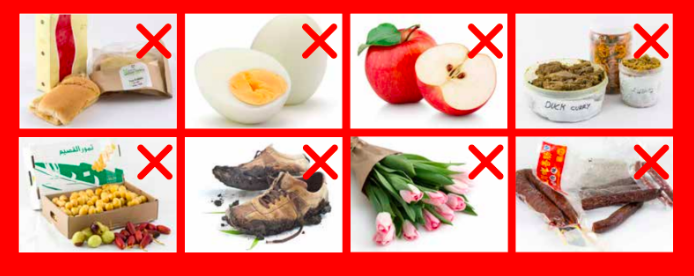
Find out more information about what you can and can’t bring into Australia with this handy biosecurity guide for international students (available in multiple languages).
If you are bringing alcoholic beverages, cigarettes, electronic equipment and valuable items (including jewellery and currency), you will also need to check with the Australian Department of Home Affairs regulations.


